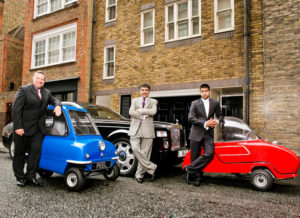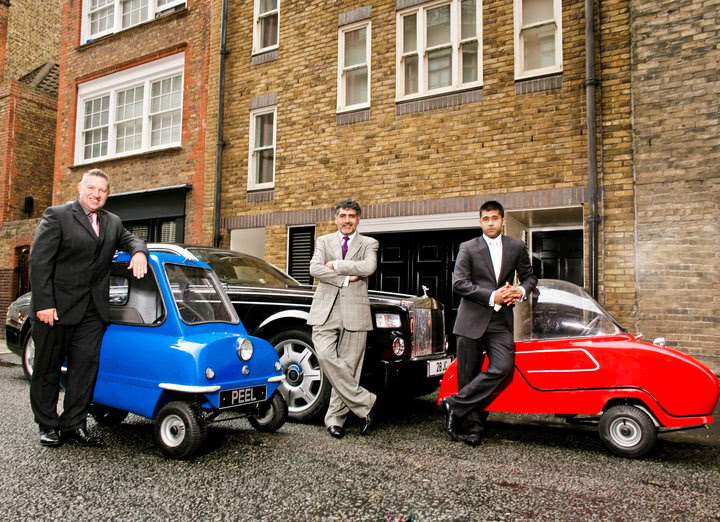(Tell Me Just How Safe You Are)
by Penny M. Hagerman
In these days of high gas prices and needle-pegging pollution levels, many people are downsizing from larger to smaller cars to help save money on fuel and reduce emissions.
But with all the hype about vehicle safety, can anyone really make that switch safely?
The answer is yes—if you know how to go about it. It simply takes some expert advice, viable options and money well-spent to get the best choice for your lifestyle and pocketbook.
Make the right choice and you could save money on auto insurance, too!
Safe Driving: the Best Defense
Apart from a car’s construction and crash test ratings, experts have long agreed that safe driving is the best defense against injury and death.
Using appropriate behavior such as stopping when necessary, following posted speed limits, signaling when turning, and being courteous to other drivers goes a long way toward promoting safety on the road, while still enjoying your ride.
Survivability & the Small Car

But for those who want to do more, keep in mind that your ability to stay alive when involved in a crash hinges on three factors:
- Safety equipment
- Vehicle weight
- Resistance to rollover
Though small cars don’t roll over easily, their lightweight nature and often fewer safety features like electronic stability control (ESC) and full, side-curtain airbags does make them riskier overall than their larger counterparts.
According to the Insurance Institute for Highway Safety (IIHS), 96 people die per million registered vehicles in the small car category. But director of media relations Russ Rader says, “Crash rates for all vehicle sizes are dropping from year to year.”
This is mostly attributable to the fact that carmakers have rallied around safer vehicle standards in an effort to improve dismal crash test ratings and declining sales the last several years.
Small Car Shopping Tips
When shopping for a small car, it’s wise to look for one with as much safety equipment as you can muster for the money you have to spend.
Consider items like ESC, anti-lock brakes and full, front- and side-curtain airbags non-negotiable. If the car you’re interested in doesn’t contain these options, find out what it costs to get them installed—and try negotiating the car’s price down with that in mind.
Using a system called Stars for Cars, the National Highway Traffic Safety Administration (NHTSA) awards new cars up to five stars, depending on a vehicle’s measure of safety. It displays these numbers on window stickers, offering you another source of information on any particular car.
If you’re buying new, we suggest you consult that sticker before making your final purchasing decision.
Finally, Edmunds.com recommends you only consider small cars that can accelerate from zero to 60 mph in under 11 to 12 seconds. This will help get you out of a jam when you need to react and move quickly.
The Best and Safest Small Cars
Each year, the IIHS performs crash tests and determines accident survivability based on individual car ratings, tagging vehicles as good, acceptable, marginal or poor, based on:
- Performance in high-speed front and side crash tests
- Evaluations of seat and head restraints (for protection against neck injuries in rear impacts)
So if you’re looking to trade in your large truck or sedan for a smaller, more fuel-efficient car, we recommend choosing one of the IIHS’s top safety picks for this year, as follows:
- Small Cars
- Honda Civic sedan
- Mitsubishi Lancer
- Scion xB
- Subaru Impreza
- Toyota Corolla
- Volkswagen Rabbit (4-door)
- Mini Car
- Honda Fit
Making a Wise Choice
No matter what size car you choose, experts say you’re far more likely to survive an accident in a car that carries the highest safety ratings in its class than one that falls in the marginal or poor range.
And that means lower car insurance rates too—which can help achieve your goal of saving money.
So don’t be scared to trade in that big old jalopy for a small (or even mini) car. But first, take the experts’ advice, consider your options and equip your ride as safely as possible.
With safety priority number one, it’s a decision you should never regret.
